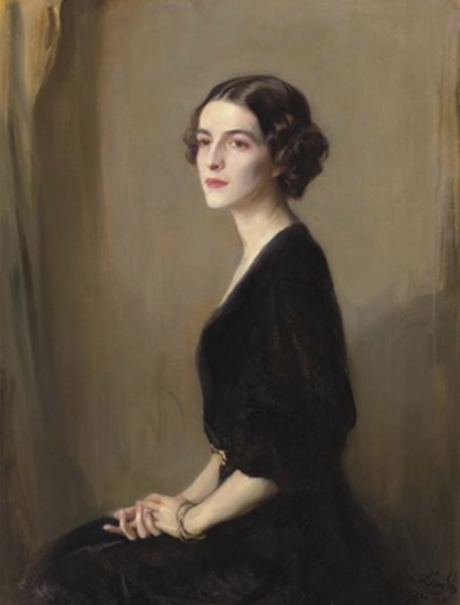
I’ve been meaning to try Kate Atkinson for years, ever since her first book, Behind the Scenes at the Museum, came out, and everyone was talking about it. But all her books are quite long, and I never felt sufficiently compelled to make the effort to pick one up. However, with my new not-buying-any-books policy firmly in place as a New Year’s Resolution, I am determined to work my way through my fiction shelves and finally read all the books that have been languishing there unread – in some cases for more than a decade! Kate Atkinson’s Life After Life just so happened to be the first unread book on my alphabetically organised shelves, so down it came last week to have its long-awaited moment in the sun. And am I glad it did, because I found it so addictive that the almost 500 pages just flew by. I feel rather bereft now that I’m finished!
The book is centred around Ursula Todd, who is born on a snowy February evening in 1910. In one version of her life, she is born dead, the cord wrapped around her neck. In another, she lives. The baby who lives goes on to grow up in an affluent, middle class home in the idyllic countryside of the Home Counties. A summer holiday one year ends in disaster; Ursula drowns when at the beach. But then the narrative simply returns to 1910, and in this new version of Ursula’s life, someone rescues her on the beach, and her life continues, albeit down a slightly different path. The novel begins with a scene of Ursula in Germany in 1930, shooting Hitler dead; this version of her life doesn’t appear again until the middle of the book, and is dependent on her having chosen to study foreign languages at university. Another version of her life sees her making a different decision, trapping her in a nightmarish marriage in a depressing suburb that completely robs her of her identity. In another existence, she moves to London and lives through World War Two there, in another, she lives through the war in Germany, in another she works until retirement, in another she marries, in another she remains single – and all of these threads remain interconnected, the possibilities of one life becoming another simply a hair’s breadth apart – the choice between buying a new dress or not, going to the shops one evening or not – the most minor, insignificant choices we make on a daily basis shown to be as significant, in some ways, as the major ones, in forming the eventual paths our lives follow.
Ursula is a marvellous, vivid character, whose rich inner life and complex relationships with her family members make her various existences endlessly fascinating to read about. It is heart stopping at times to see her walk into disaster, and such a relief to see the darkness fall and know that she will simply begin again, that this doesn’t have to be her life, her ending – there can be a different path. Atkinson is superb at bringing her historical settings to life, and I particularly loved her atmospheric evocation of London in the Blitz, as well as the halcyon, sun-splashed days of Ursula’s Edwardian childhood in the flower strewn meadows of the English countryside. The whole conceit of the novel is incredibly inventive and a constant reminder to us that we are reading a work of fiction – in many ways one can see Life After Life as an experiment in writing a character, in seeing what stories can be made from one persona, and which are worth pursuing and which not – but what makes this truly impressive is that despite the artificiality of its structure, it still gives us characters we can fall in love with, and care for with the kind of unreasonable affection that sees you choking back tears at their fate (I’m hoping that wasn’t just me!). I found it a revelation, and now I can’t wait to read more. Thank goodness for the library, because I’m not waiting a year to be able to dive back into Kate Atkinson’s world!
Advertisements